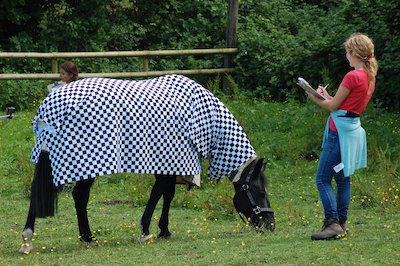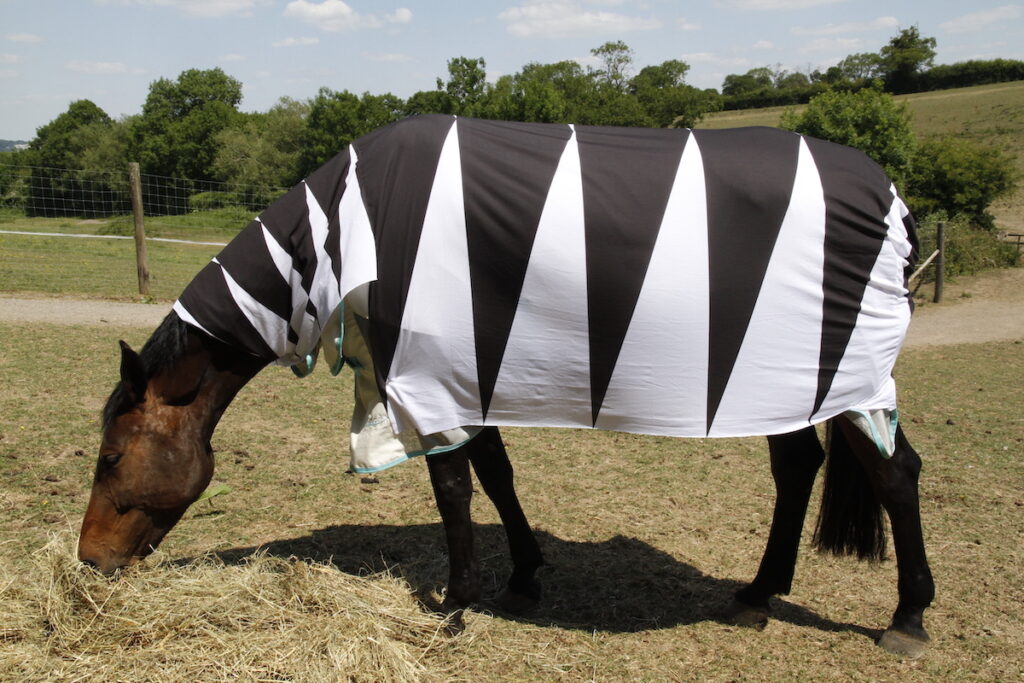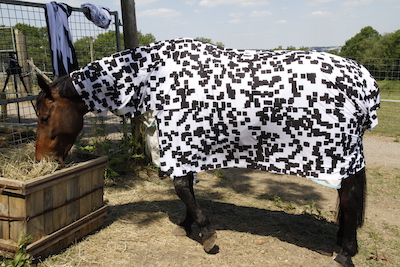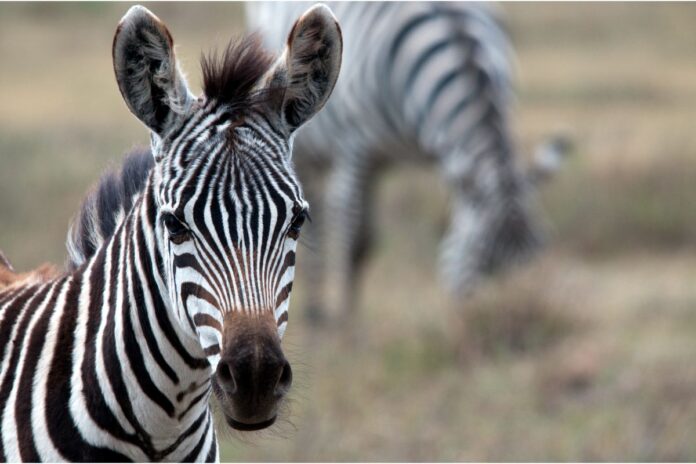Experts discover how and why zebra stripes work.
Researchers at the University of Bristol have been finding out why stripped zebra coats are good at thwarting horsefly attack.

Their study involved draping different coloured cloth over horses and filming incoming biting insects.
The results could therefore influence future fly rug designs.
The scientists have confirmed why black-white stripes and small dark patches are particularly effective at repelling insects. Their study is published in the Journal of Experimental Biology.
The research was led by Prof Tim Caro and Dr Martin How, both from the University of Bristol’s School of Biological Studies.

“We knew that horseflies are averse to landing on striped objects - a number of studies have shown this. But it’s not clear which aspects of stripes they find aversive,” explained Dr Caro.
“Is it the thinness of the stripes? The contrast of black and white? The polarized signal that can be given off objects?
“So we set out to explore these issues using different patterned cloths draped over horses and filmed incoming horseflies.”
Why stripes work
The team found that tabanid horseflies are attracted to large dark objects in their environment but less to dark broken patterns.

All-grey coats were associated with by far the most landings, followed by coats with large black triangles placed in different positions; then small checkerboard patterns in no particular order.
In another experiment, they found contrasting stripes attracted few flies whereas more homogeneous stripes were more attractive.
Professor Caro added: “This suggests that any hoofed animal that reduces its overall dark outline against the sky will benefit in terms of reduced ectoparasite attack.”
The team found little evidence for other issues that they tested, namely polarization or optical illusions confusing accurate landings such as the so-called ‘wagon-wheel effect’ or ‘the barber-pole effect’

















